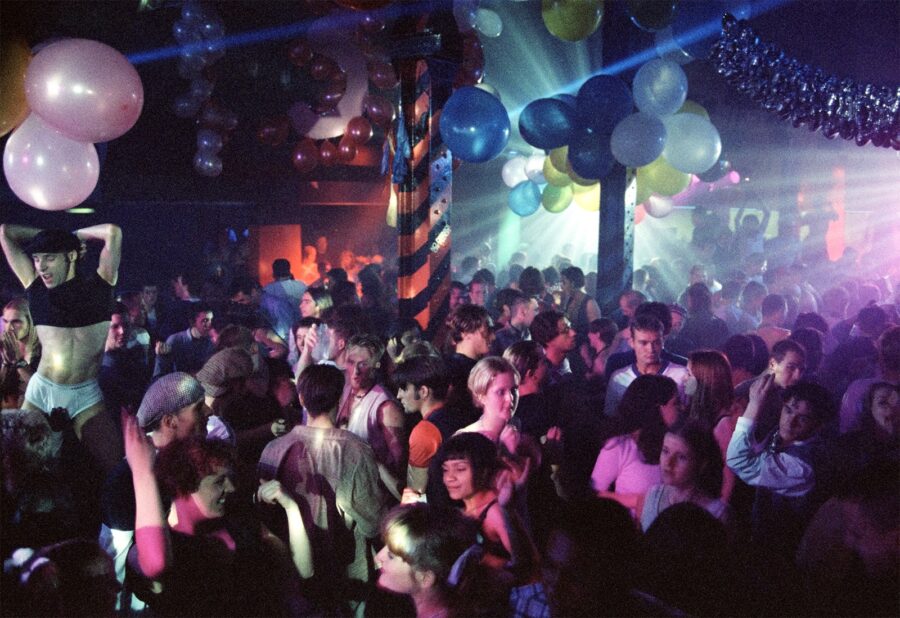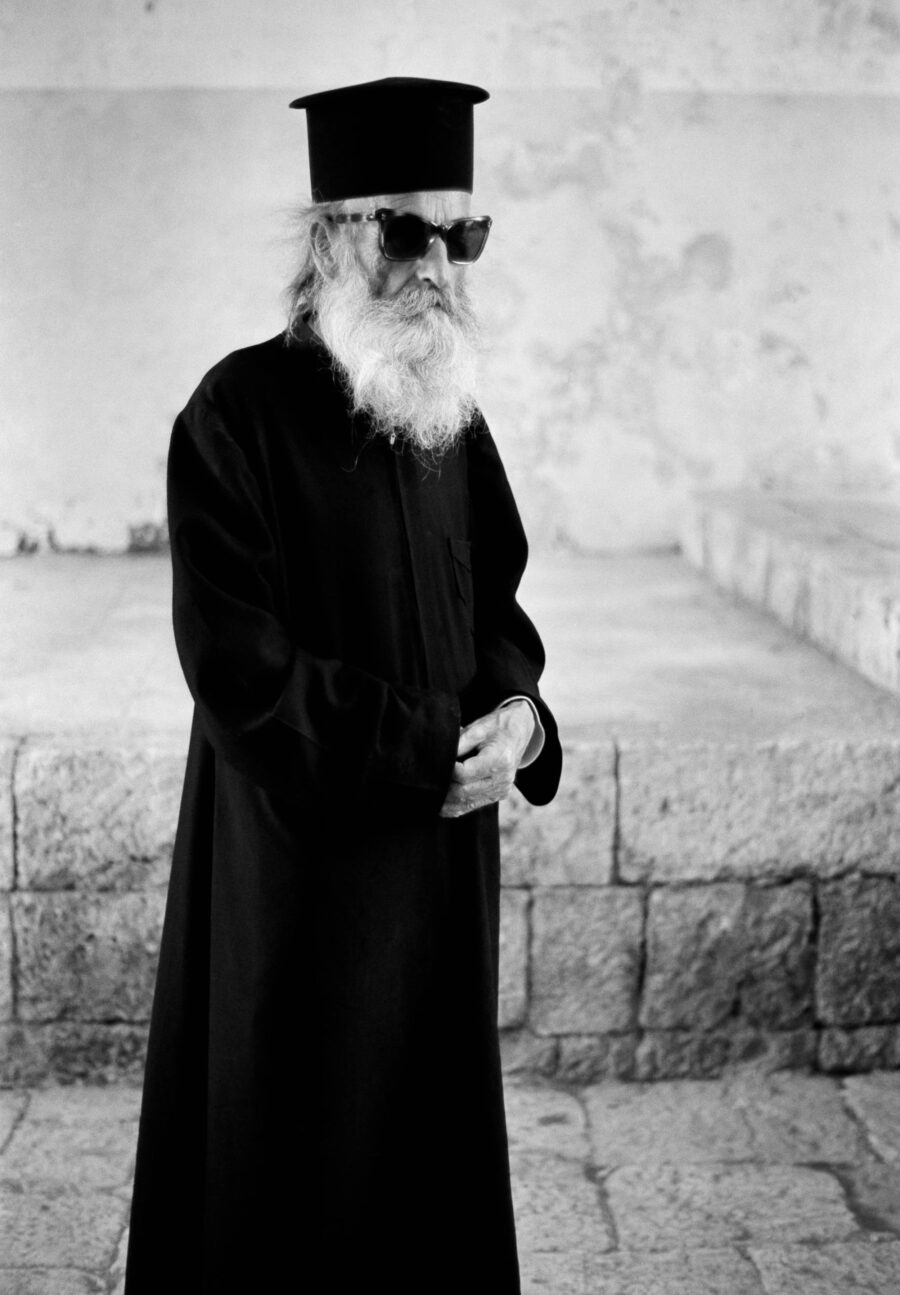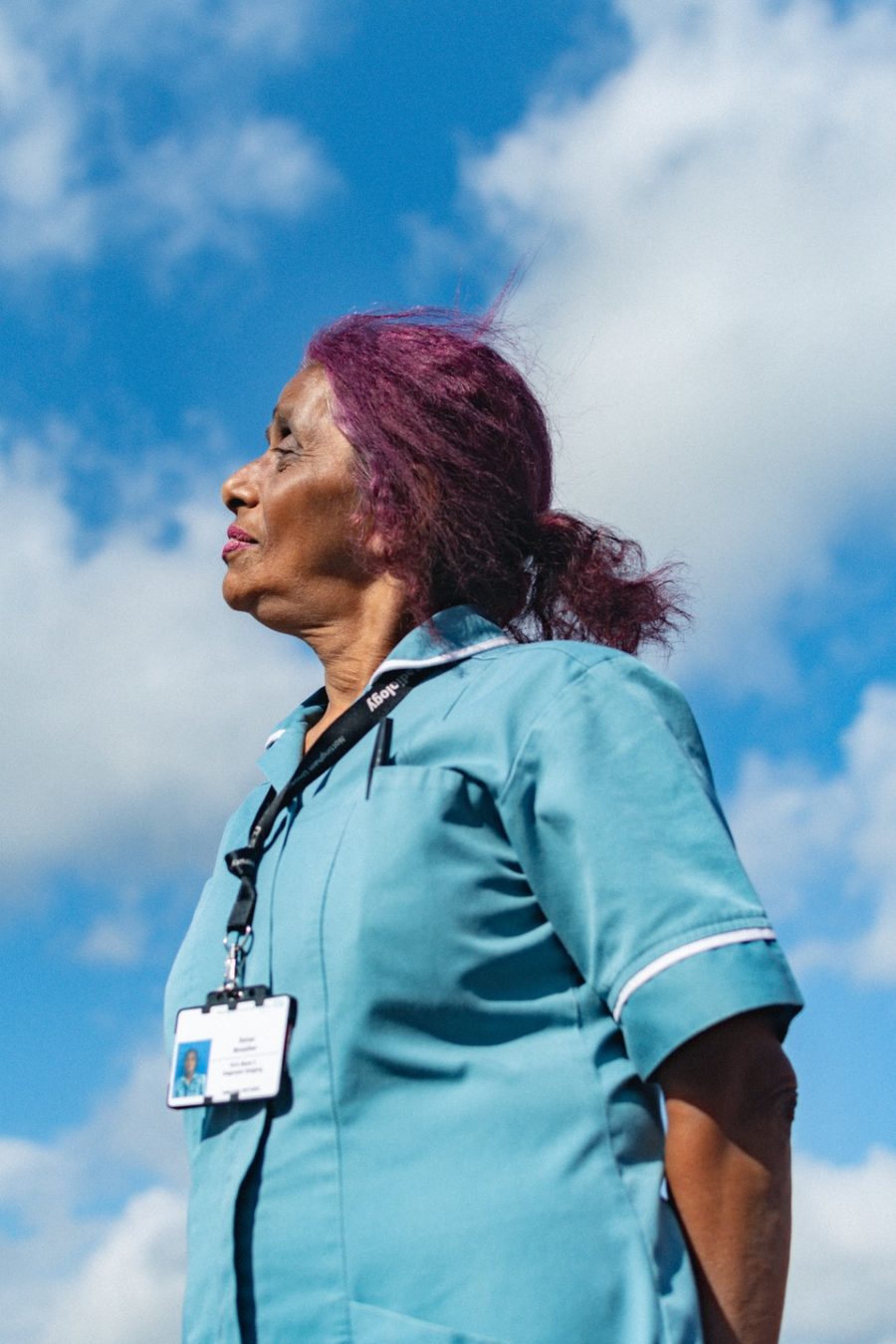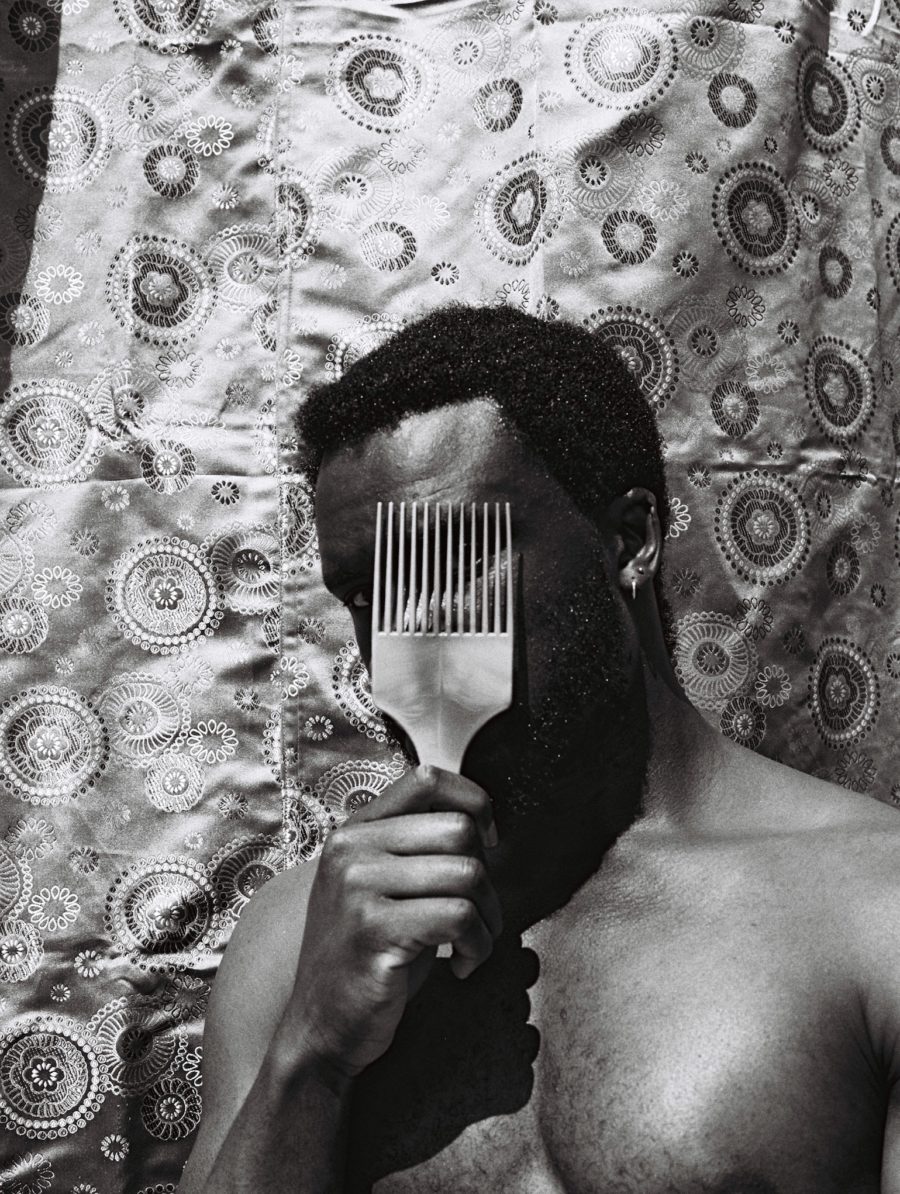Creative duo and club stalwarts Martin Green and James Lawler take a utopian yet realistic look at 90s Queer nights in Britain, at Open Eye Gallery


Creative duo and club stalwarts Martin Green and James Lawler take a utopian yet realistic look at 90s Queer nights in Britain, at Open Eye Gallery

Marilyn Stafford: A Life in Photography spans the pioneering fashion photographer’s career across several continents, whose work often surprised and challenged her own sensibilities

With Portrait of Britain 2021 open for entries, a selection of this year’s judging panel consider why Portrait of Britain is important today — and crucially, how artists can stand out from the crowd

“It felt like a poignant opportunity to reflect on the contribution that Black people continue to make to British culture”

Johny Pitts, the recipient of the fellowship, will create a new body of work reflecting on Black Britishness through its myriad manifestations across the UK

Czesław Siegieda’s documentation of a generation of Poles who arrived in the UK as refugees has remained largely unseen since the 1970s. Now, 40 years later, his unique record is published in a photobook

Ahead of his first international solo show, the photographer behind popular YouTube channel Negative Feedback shares his story and the process behind his latest body of work

When the Portrait Gallery was established in London in the mid-19th century, its role was envisioned “to consist of those persons who are most honourably commemorated in British history”. Opening in an era when photography was still a new and untried technology, the National Portrait Gallery (as it later became known) was intended to be the national repository of the images, chiefly paintings and drawings, of those men and, much later, women who represented what was best among the British hierarchy of achievements, skills and aptitudes. Its function was to hold up a mirror to Britain that reflected its qualities back to those who came to observe them, as object lessons about how to aspire to, or more simply respect, the qualities and moral standing of the great and the good.
This conception of the NPG may still be widespread in the public mind, as even Martin Parr thought his work would be an ill-fit for a contemporary exhibition along these lines. “I never thought of myself as a portrait photographer,” he says, “and when I first met Phillip Prodger [NPG’s former head of photographs], I told him I had only a few celebrity portraits. I just put a lightbox together and sent them to him, though I was quite surprised at what I had.” Prodger, however, had other ideas, seeing in Parr the work of a social observer who could also offer a portrait of a nation at a key point in its history. So it is that the NPG put together Only Human, on show from 07 March to 27 May, bringing together some of Parr’s most famous photographs alongside a number of works never exhibited before.